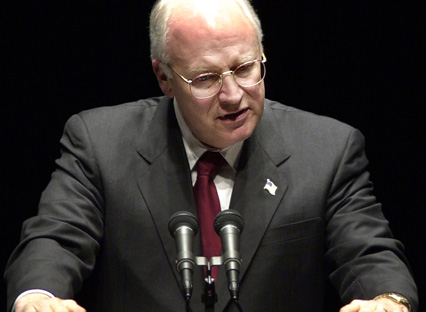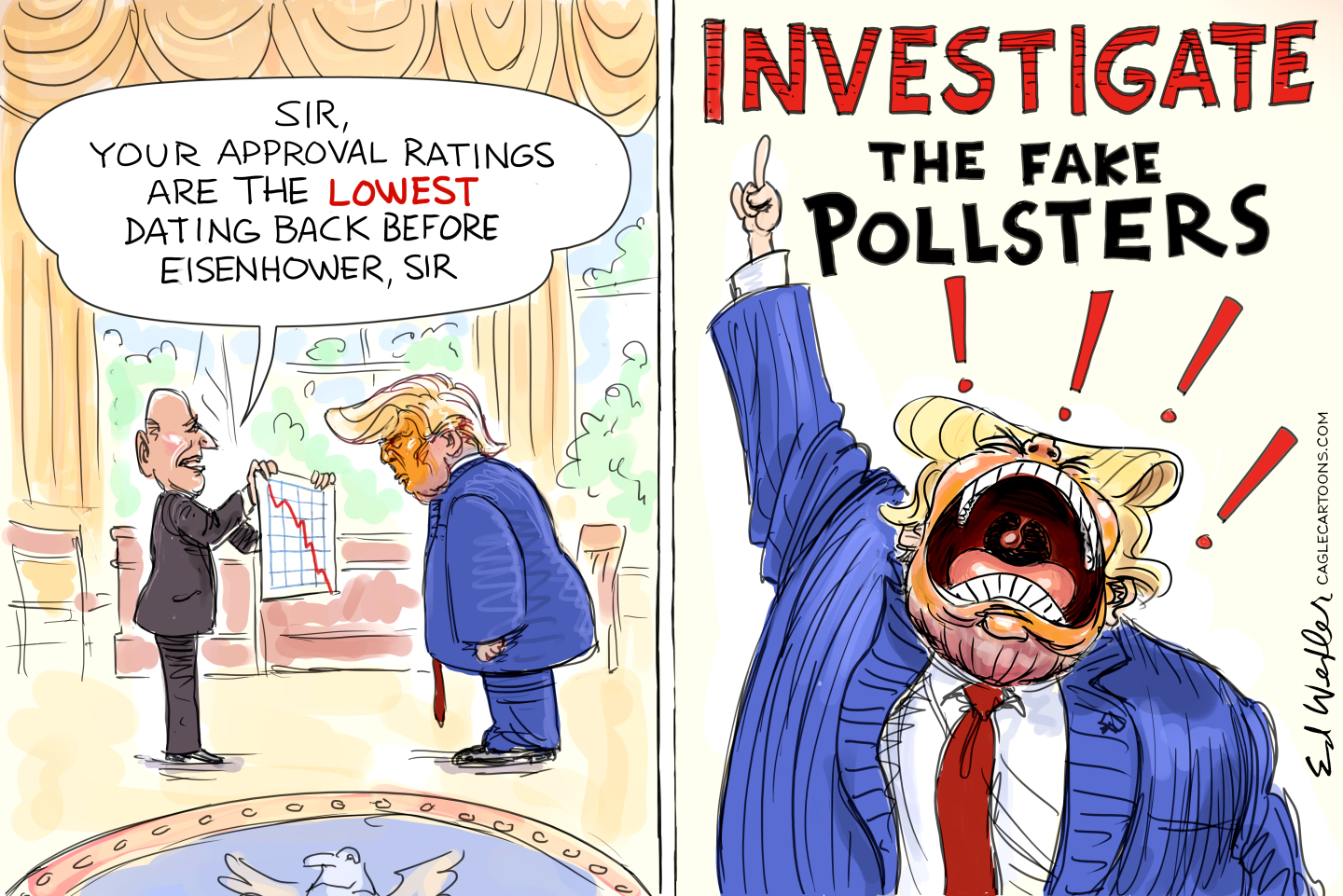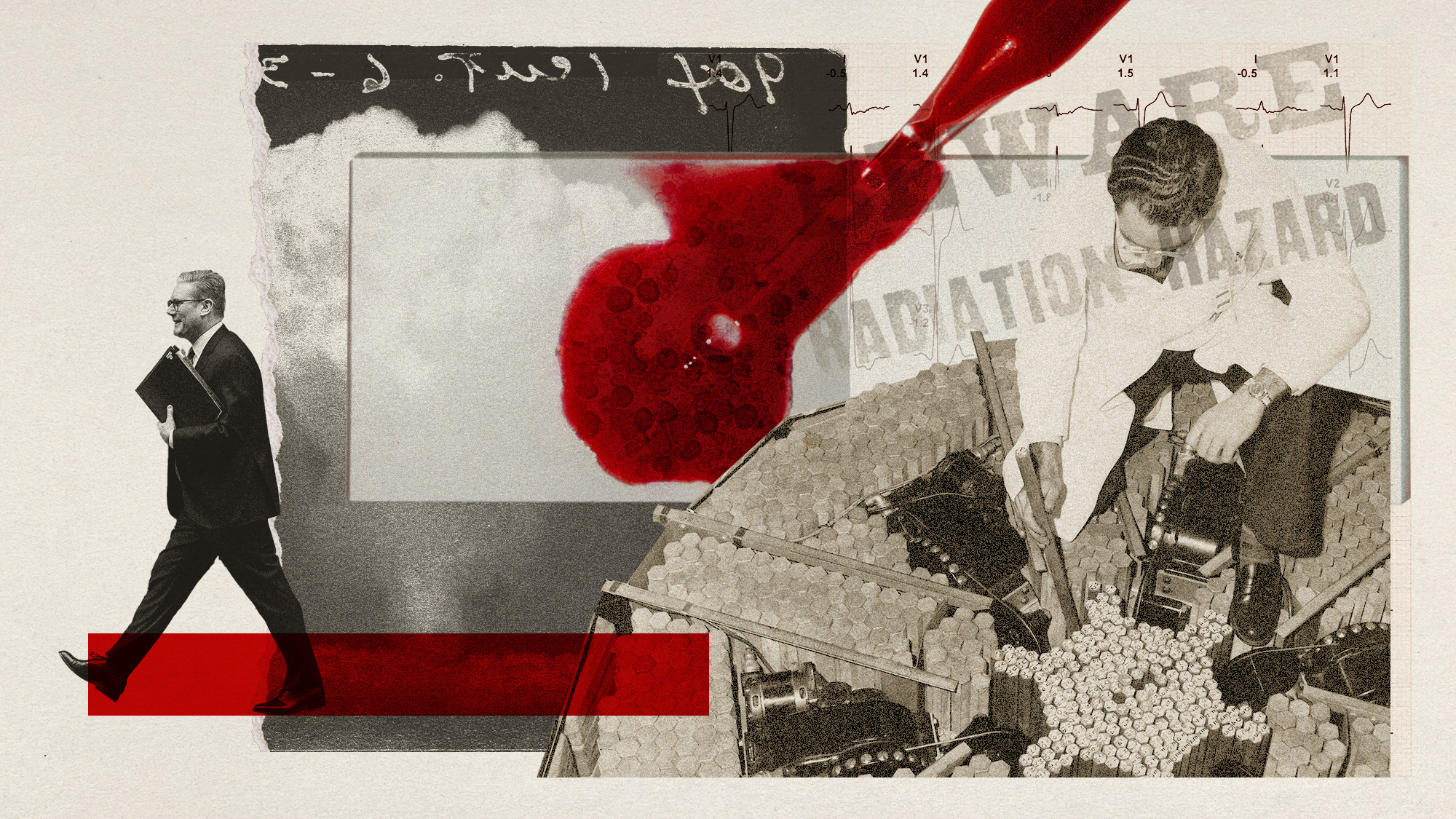The CIA and a long history of assassinations
The official denial of a kill squad is disingenuous, says Alexander Cockburn, given what we know about the agency’s history of killing

Some time in early or mid-1949 a CIA officer named Bill (his surname is blacked out in the file, which surfaced in the early 1990s) asked an outside contractor for input on how to kill people. Requirements included the appearance of an accidental or purely fortuitous terminal experience suffered by the agency's victim.
Bill's friend - internal evidence suggests he was a doctor - offered practical advice: "Tetraethyl lead, as you know, could be dropped on the skin in very small quantities, producing no local lesion, and after a quick death, no specific evidence would be present." Another possibility was "the exposure of the entire individual to X-ray." (In fact these two methods were already being inflicted on a very large number of Americans in lethal doses, in the form of leaded gasoline and radioactive fallout from the atmospheric nuclear test programme in Nevada.)
"There are two other techniques," Bill's friend concluded bluffly, which "require no special equipment beside a strong arm and the will to do such a job. These would be either to smother the victim with a pillow or to strangle him with a wide piece of cloth, such as a bath towel."
Subscribe to The Week
Escape your echo chamber. Get the facts behind the news, plus analysis from multiple perspectives.

Sign up for The Week's Free Newsletters
From our morning news briefing to a weekly Good News Newsletter, get the best of The Week delivered directly to your inbox.
From our morning news briefing to a weekly Good News Newsletter, get the best of The Week delivered directly to your inbox.
Regular as congressmen being outed for adultery or taking cash bribes, the Central Intelligence Agency has to go into damage-control mode to deal with embarrassing documents like the memo to Bill, and has to square up to the question: does it, did it ever, have in-house assassins - a 'licensed to kill' Double-O team?
It is alleged that Dick Cheney ordered the formation of a CIA kill squad after 9/11
It just happened again. In mid-July the news headlines were suddenly full of allegations that in the wake of the 9/11 attacks Vice President Dick Cheney had ordered the formation of a CIA kill squad and expressly ordered the agency not to disclose the programme even to congressional overseers with top security clearances, as required by law. As soon as CIA officials disclosed the programme to CIA director Norman Panetta, he ordered it to be halted.
And regular as adulterous congressmen seeking forgiveness from God and spouse, the CIA rolled out the familiar response that yes, such a programme had been mooted, but there had been practical impediments. "It sounds great in the movies, but when you try to do it, it’s not that easy," one former intelligence official told the New York Times. "Where do you base them? What do they look like? Are they going to be sitting around at headquarters on 24-hour alert waiting to be called?" The CIA insisted it had never proposed a specific operation to the White House for approval.
Before irrefutable evidence of its vast kidnapping and interrogation programme post-2001 surfaced, the CIA similarly used to claim, year after year, that it had never been in the torture business either. Torture manuals drafted by the agency would surface - a 128-page secret how-to-torture guide produced by the CIA in July 1963 called Kubark Counterintelligence Interrogation, another 1983 manual, enthusiastically used by CIA clients in the 'Contra' war against central American leftist nationalists in President Reagan's years - and the agency would deny, waffle and evade until the moment came simply to dismiss the torture charge as "an old story".
In fact the agency took a keen practical interest in torture and assassination from its earliest days, studying Nazi interrogation techniques avidly. As it prepared its coup against the Arbenz government in Guatemala in 1953, the agency distributed to its agents and operatives a killer's training manual (made public in 1997) full of practical tips:
"The most efficient accident, in simple assassination, is a fall of 75ft or more onto a hard surface. Elevator shafts, stair wells, unscreened windows and bridges will serve... The act may be executed by sudden, vigorous [excised] of the ankles, tipping the subject over the edge. If the assassin immediately sets up an outcry, playing the 'horrified witness', no alibi or surreptitious withdrawal is necessary.
"...in all types of assassination except terroristic, drugs can be very effective. An overdose of morphine administered as a sedative will cause death without disturbance and is difficult to detect. The size of the dose will depend upon whether the subject has been using narcotics regularly. If not, two grains will suffice.
"If the subject drinks heavily, morphine or a similar narcotic can be injected at the passing-out stage, and the cause of death will often be held to be acute alcoholism."
What about assassination attempts by the CIA, acting on presidential orders? We could start with the bid on Chou en Lai's life after the Bandung Conference in 1954; they blew up the plane scheduled to take him home, but fortunately he'd switched flights.
Then we could move on to the efforts, ultimately successful in 1961, to kill the Congo's Patrice Lumumba, in which the CIA was intimately involved, dispatching among others the late Dr Sidney Gottlieb, the agency's in-house killer chemist, with a hypodermic loaded with poison.
The agency made many efforts to kill General Kassem in Iraq. The first such attempt, on October 7, 1959, was botched badly, and one of the assassins, Saddam Husssein, was, spirited out to an agency apartment in Cairo. There was a second agency effort in 1960-1961 with a poisoned handkerchief. Finally they shot Kassim in the coup of February 8/9, 1963.
The Kennedy years saw deep US implication in the murder of the Diem brothers in Vietnam and the first of many well attested efforts by the agency to assassinate Fidel Castro. Reagan's first year in office saw the inconvenient Omar Torrijos of Panama downed in an air crash. In 1986 came the Reagan White House's effort to bomb Muammar Gaddafi to death in his encampment in 1986, though this enterprise was conducted by the US Air Force.
Led by that man of darkness, William Casey, in 1985 the CIA tried to kill the Lebanese Shia leader Sheikh Mohammed Hussein Fadlallah by setting off a car bomb outside his mosque. He survived, though 80 others were blown to pieces.
In his book Killing Hope: U.S. Military and CIA Interventions Since World War II, Bill Blum has a long and interesting list starting in 1949 with Kim Koo, Korean opposition leader, going on to efforts to kill Sukarno, Kim Il Sung, Mossadegh, Nehru, Nasser, Sihanouk, Jose Figueres, 'Papa Doc' Duvalier, Gen Rafael Trujillo, Charles de Gaulle, Salvador Allende, Michael Manley, Ayatollah Khomeini, the nine comandantes of the Sandinista National Directorate, Mohamed Farah Aideed, prominent clan leader of Somalia, Slobodan Milosevic...
And we should not forget that the CIA is by no means the only player in the assassination game. The military have their own teams. A friend of mine had a gardener – "a very scary looking guy" - who remarked that he'd been part of a secret unit in the US Marine Corps, murdering targets in the Caribbean.
In sum, assassination has always been an arm of US foreign policy, just as in periods of turbulence, as in the Sixties, it has been an arm of domestic policy as well. This is true before and after the issuing in 1976 of Executive Order 11905 by President Gerald Ford, banning assassinations. "No employee of the United States Government shall engage in, or conspire to engage in, political assassination," it states.
In the months following the 2001 attacks, Americans were looking for blood
One way to read the brou-ha-ha of the past few days is as an effort at pre-emptive damage control by the CIA. Remember, in the months following the 2001 attacks, Americans were looking for blood. They wanted teams to hunt down Osama bin Laden and his crew and kill them. They cheered stories - now resurfacing - of containers filled with Taliban prisoners of war being left out in the sun with an okay by US personnel, until their occupants - hundreds, maybe thousands of them - roasted and suffocated.
Over the next few months and years, more terrible stories will probably surface. Attorney General Eric Holder told Newsweek recently he was "shocked and saddened" after reading the still secret 2004 CIA inspector general's report on the torture of detainees at CIA "black sites." Shocked and saddened, after what we know already? It must be pretty bad.
The CIA death squads and kindred units from the military killed many, many people and most certainly there was extensive 'collateral damage' - meaning innocent people being murdered. As regards numbers, we have this public boast in 2003 by President George Bush: "All told, more than 3,000 suspected terrorists have been arrested in many countries. And many others have met a different fate. Let's put it this way: They are no longer a problem to the United States and our friends and allies."
The CIA's former counter-terrorism chief of operations, Vincent Cannistraro, recently remarked: "There were things the agency was involved with after 9/11 which were basically over the edge because of 9/11. There were some very unsavoury things going on. Now they are a problem for the CIA. There is a lot of pressure on the CIA now and it's going to handicap future activities."
Just because Vice President Dick Cheney may have been running a Murder Inc doesn't mean that CIA officers won't be legally vulnerable. At the moment, President Obama is trying to keep the lid on what outrages were committed by US government agencies in the Global War on Terror in the Bush years. The CIA is clearly positioning itself for further disclosures. So is Dick Cheney.
Sign up for Today's Best Articles in your inbox
A free daily email with the biggest news stories of the day – and the best features from TheWeek.com
-
 5 low approval cartoons about poll numbers
5 low approval cartoons about poll numbersCartoons Artists take on fake pollsters, shared disapproval, and more
-
 Deepfakes and impostors: the brave new world of AI jobseeking
Deepfakes and impostors: the brave new world of AI jobseekingIn The Spotlight More than 80% of large companies use AI in their hiring process, but increasingly job candidates are getting in on the act
-
 Sudoku medium: May 4, 2025
Sudoku medium: May 4, 2025The Week's daily medium sudoku puzzle
-
 Has Starmer put Britain back on the world stage?
Has Starmer put Britain back on the world stage?Talking Point UK takes leading role in Europe on Ukraine and Starmer praised as credible 'bridge' with the US under Trump
-
 Left on read: Labour's WhatsApp dilemma
Left on read: Labour's WhatsApp dilemmaTalking Point Andrew Gwynne has been sacked as health minister over messages posted in a Labour WhatsApp group
-
 What the CIA will look like if Trump gets his way
What the CIA will look like if Trump gets his wayIN THE SPOTLIGHT The country's premier intelligence agency finds itself at a crossroads — and in the crosshairs of a president who has long railed against his 'deep state' adversaries
-
 The new JFK, RFK and MLK files: what to expect
The new JFK, RFK and MLK files: what to expectThe Explainer Will the release of documents on the assassinations that 'shattered the 60s' satisfy the conspiracy theorists?
-
 New Year's Honours: why the controversy?
New Year's Honours: why the controversy?Today's Big Question London Mayor Sadiq Khan and England men's football manager Gareth Southgate have both received a knighthood despite debatable records
-
 John Prescott: was he Labour's last link to the working class?
John Prescott: was he Labour's last link to the working class?Today's Big Quesiton 'A total one-off': tributes have poured in for the former deputy PM and trade unionist
-
 Last hopes for justice for UK's nuclear test veterans
Last hopes for justice for UK's nuclear test veteransUnder the Radar Thousands of ex-service personnel say their lives have been blighted by aggressive cancers and genetic mutations
-
 Will Donald Trump wreck the Brexit deal?
Will Donald Trump wreck the Brexit deal?Today's Big Question President-elect's victory could help UK's reset with the EU, but a free-trade agreement with the US to dodge his threatened tariffs could hinder it